World Cup 2014: the amazingly good vs the frankly annoying
From spray foam to odd boots, football commentator and writer John Anderson picks his World Cup highlights and pet hates. Do you agree?
By most people’s reckoning World Cup 2014 has been among the best ever for the quality of the matches, atmosphere and setting. But now that the carnival is nearly over let’s take a look at the highs and lows of the last four-and-a-half weeks, starting with the good stuff. If we’ve missed something you loved/hated – tell us via Twitter @Channel4News.

Referee’s spray
Though not a new innovation (it’s been used in South American football for a while now), the referees’ foam spray to denote the positioning of the defensive wall at a free kick unveiled itself to the world. Invented by a Brazilian, Heine Allemagne, this simple device has virtually eradicated the unseemly sequence of to-ing and fro-ing which previously wasted time and tested patience every time an offence was committed within 30 yards of the goal.
Henceforth, a referee should be entitled to spray from his canister directly into the face of any player who waves an imaginary card at him.
Oddly it seems to have benefitted the defenders rather than the takers with remarkably few goals having come direct from free kicks in this World Cup. I would like to see its implementation taken a step further in future tournaments. Henceforth, a referee should be entitled to spray from his canister directly into the face of any player who waves an imaginary card at him in a bid to get an opponent sent off.
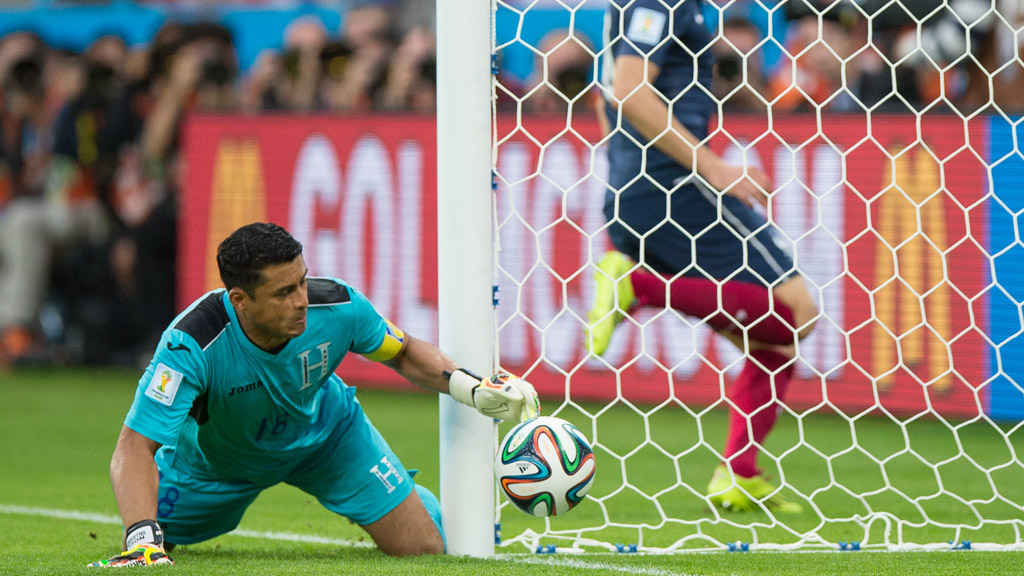
Goal-line technology
This is another long overdue technical innovation that worked well despite an inauspicious first appearance. Rather like five-year-olds on Christmas morning, the TV directors were so overcome with the excitement of having a new toy that, in early games, shots which had clearly hit the back of the net were accompanied by graphics proudly announcing the word GOAL, when anyone within a ten mile radius of the stadium knew it had gone in. I was commentating for talkSPORT when we saw the first truly practical application of GLT.
During the France v Honduras game French striker Karim Benzema’s shot hit the inside of a post, the ball then bounced in front of goalkeeper Noel who appeared to scramble it into his arms. Benzema thought he had scored but it was impossible to tell what had happened with the naked eye. The normal TV replays confirmed that the Honduran keeper had initially fumbled although myself and co-commentator Matt Holland still had no idea whether the ball had crossed the line and kept our comments suitably vague.
Once the GLT graphic arrived we were able to confirm to our listeners that the ball had indeed crept a fraction over the line and that it would go down as a Valladares own goal. More importantly it was confirmation that the system had worked perfectly and that, as in tennis and cricket, it can now take its place as part of football’s fabric.
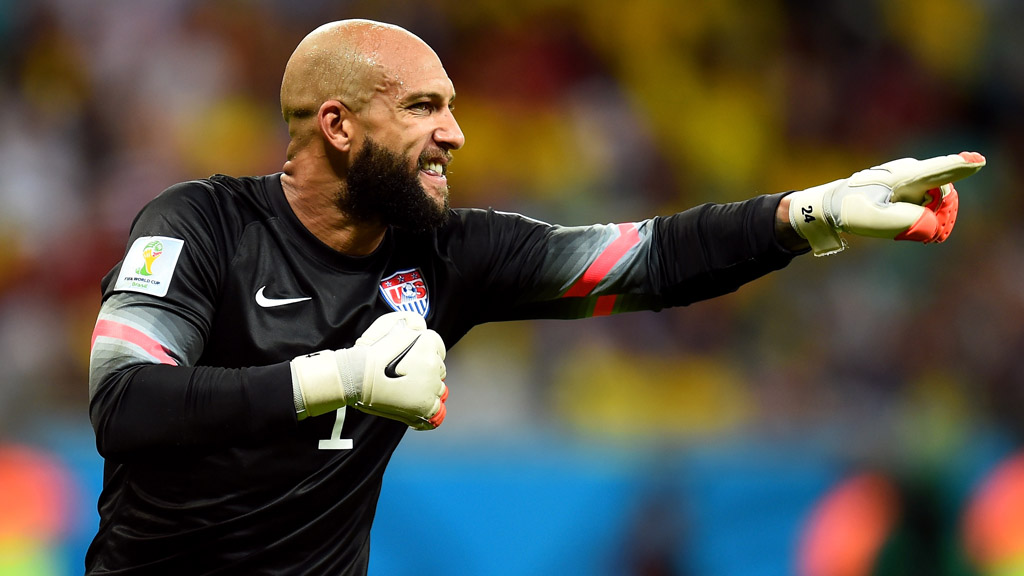
Golden gloves
It is no coincidence that Albert Camus, whose novel L’Etranger, with its existentialist themes and outsider, anti-hero protagonist, should have been a goalkeeper. He represents a breed of men who stand apart from the rest of their team, harbouring very different skills and responsibilities. The history of the World Cup is generally accompanied by a litany of single names: Pele, Maradona, Cruyff, Beckenbauer, Garrincha, Hurst, Rossi, Kempes who are the scorers, creators and orchestrators in the tournament’s unfolding tapestry.
The role of the goalkeeper is generally acknowledged more in terms of incidents, errors and eccentricity than overall influence; Gordon Banks’ save from Pele, Harald Schumacher’s assault on Patrick Battiston, the madcap antics of Rene Higuita or the nausea inducing, kalaedoscopic jerseys of Jorge Campos. It is true that Dino Zoff in 1982 and Iker Casillas four years ago have both captained winning sides, but the World Cup has never been defined by goalkeepers until now.
More from Channel 4 News: Private Ryan and the dinosaurs - what could Tim Howard save?
Finally we have a tournament in which football’s outsiders have emerged from isolation to take centre stage. The late appearance and penalty heroics of Holland’s Tim Krul against Costa Rica whose own number one Kaylor Navas played a massive part in his nation’s fairytale, Guillermo Ochoa’s magnificent displays for Mexico in the group stage, Tim Howard, literally single-handedly at times, persuading Americans that soccer might be worth a second look and heroics from Argentina’s Sergio Romero, David Ospina of Colombia and, of course Germany’s sweeper-keeper Manuel Neuer all demand that we give the goalies a big hand.
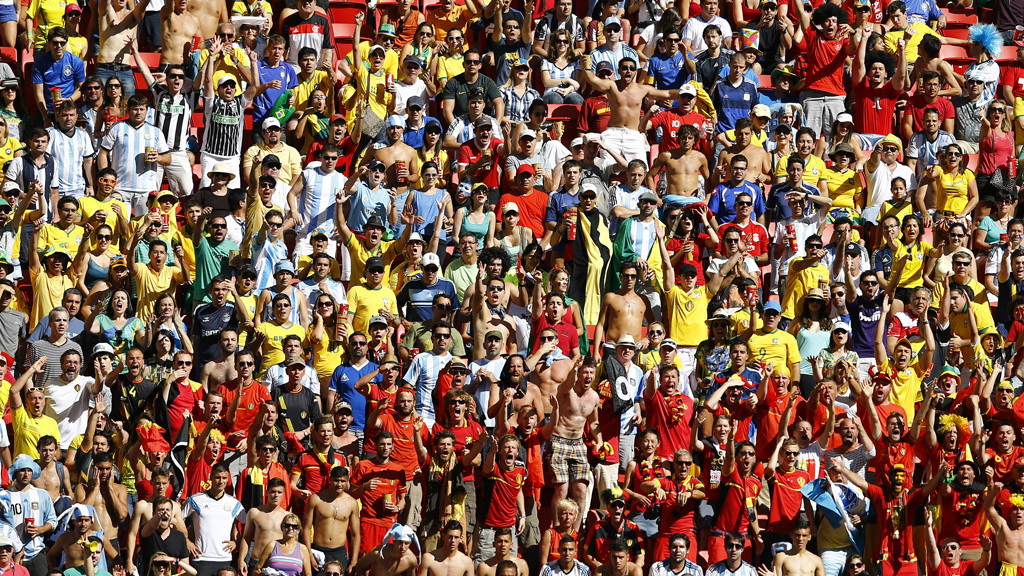
Grande atmosfera
I must confess that I am not a fan of a cappella music. But when Brazil lined up for the national anthem in their opening game and 60,000 voices extended the rendition long after the music had stopped, it fair brought a tear to the eye. It also set the tone for the wonderful atmosphere that was to prevail from muggy Manaus in the north down to the southern rain of Porto Alegre.
It has now become a depressing tradition in the run-up to of major sporting events that sections of the media, the British tabloids in particular, feel duty bound to take on the role of Roman soothsayers prophesying impending doom. We were all meant to be car-jacked in South Africa and jackbooted in Poland; this time it was to be urban riots, collapsing stadiums and transport chaos. Once again human spirit triumphed over parochial paranoia. In two years time the European Championships will be held in France, so presumably the latter day doom-mongers will be warning that a trip across the channel will expose us to the perils of a garlic overdose or being shrugged to death.
Suarez ready for the next match: pic.twitter.com/BjXrZ5lXDC
— Graham Farmelo (@grahamfarmelo) June 24, 2014
Well played, Twitter
This is the first World Cup which just about everybody has been able to follow via social media sites like Twitter. The whole match experience has been enhanced, in my opinion, by the opportunity to partake in a global pub discussion within seconds of a goal going in, a red card being brandished or an Italian being bitten. The astonishing semi final between Brazil and Germany generated a record 36.5 million tweets peaking at around 580,000 a minute. This instant explosion of ideas and opinions has also given us some truly memorable comedy images; Luis Suarez wearing an Elizabethan collar you would attach to a rabid dog, Tim Howard throwing himself in front of everything from earthbound asteroids to Janet Jackson’s wardrobe malfunction and Christ the Redeemer striking unfamiliar poses to indicate the despair at Brazil’s humiliation. In an age where humour is increasingly being sacrificed on the twin altars of political correctness and the fear of causing offence, it has simply been a joy to be part of the biggest joke on the planet.
And here are five more annoying aspects of Brazil 2014:
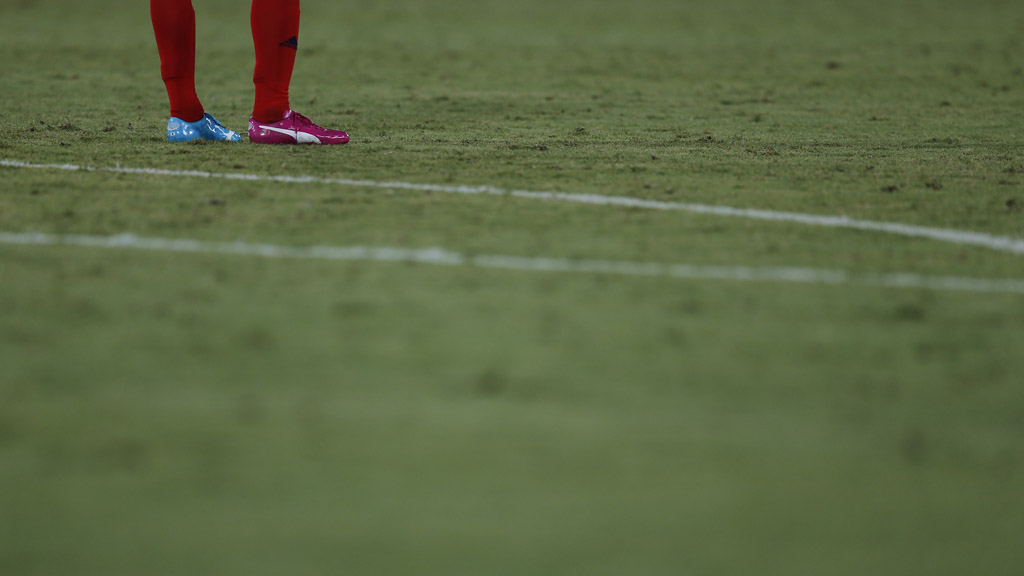
Odd boots
Watching this World Cup on TV has, at times, been a bit like struggling to open a family bag of Skittles only to violently rip the packaging apart and send a shower of the multicoloured sweets cascading across the living room. Coloured boots have long been a part of the footballing landscape and, as a commentator, I confess to welcoming the visual assistance they can provide for player identification (see also: ridiculous haircuts).
How long will it be before we see boots inlaid with flashing LEDs which light up every time the ball is kicked?
But surely a nadir has been reached when the world’s top players represent their nations in footwear which appears to have been randomly selected from the odd sock mountain in the corner of every tweenager’s bedroom. How long will it be before we see boots inlaid with flashing LEDs which light up every time the ball is kicked or play is halted to enable players to slip into a new colour rather like a pit-stop in Formula One? It is here that another goalkeeping hero emerges, a man who had the courage to make an individual stand against this vacuous and unsightly marketing ploy.
In the group match against Japan, Colombia’s Faryd Mondragon came on as a late substitute just days after his 43rd birthday and became the oldest man ever to play in a World Cup finals. And he did so in a pair of black adidas boots with three white stripes as modelled by Gerd Muller in 1974. For those about to don one blue one and one pink one, we salute him. Another irksome aspect of players’ kit was Fifa’s absurd ruling that each team should turn out in either a predominantly dark or predominantly light strip. This meant that the traditional colours of Brazil, Argentina, Germany, France, Italy and England were seldom, if ever, seen. Instead they lined up like a bunch of schoolboys who had brought the wrong kit to PE.

No more, Neymar!
World class footballers have always been heroes to millions and we lost one of the greatest of them all in Alfredo di Stefano earlier this week. It is hard to imagine him wearing multi-coloured boots. However the game’s modern day glitterati are fast becoming brands or products as much as sportsmen. Much of the pre-tournament publicity focused on the sacred triumvirate of Lionel Messi, Cristiano Ronaldo and Neymar as commercial figureheads; their individual selling power considered even more significant to some than their potential influence on the field. When Sweden failed to qualify, the tournament was perceived as having been robbed of Zlatan Ibrahimovic as a singular entity rather than the nation which were hosts and runners up in 1958.
This culture of celebrity reached its apotheosis when Neymar was injured.
This culture of celebrity reached its apotheosis when Neymar was injured in the quarter final against Colombia, which arguably cost his team more than just his presence as a player. It was almost as if the Brazilian poster boy’s life had been cut short rather than his World Cup ambitions as this nation, which had withstood the loss of Pele in similar circumstances to win the trophy in 1962, went into a kind of collective period of mourning. His teammates arrived for the semi-final wearing #Forca Neymar caps and then held up his empty number 10 shirt mournfully during the anthems. To their watching German opponents that piece of yellow material must have resembled a white flag being waved in surrender and so it proved.
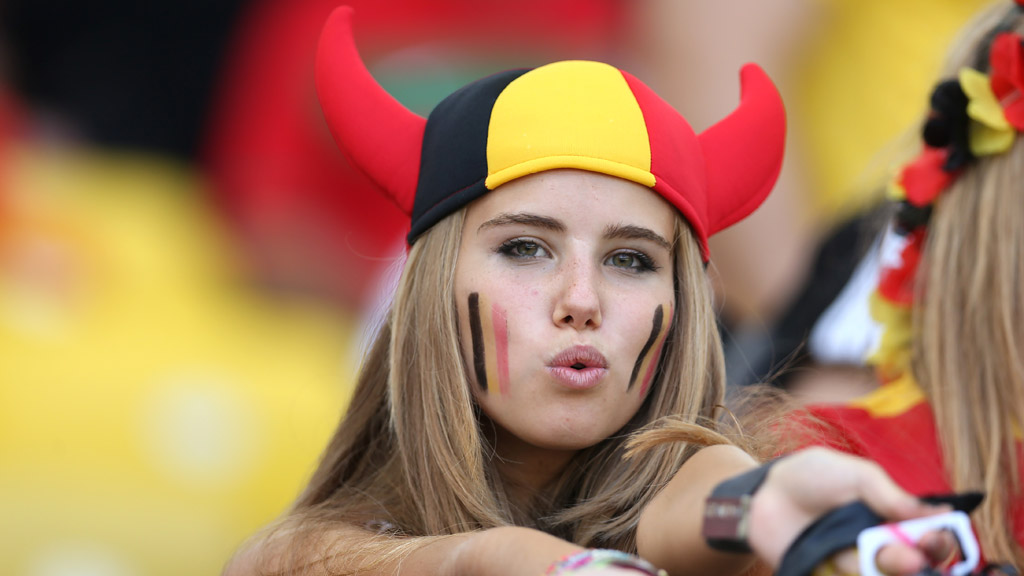
I’M ON TV!
Professional sport would be nothing without the supporters and there is nothing like the World Cup for capturing the colour, passion and fanaticism of those who travel the world following their team. The advent of multi-camera platforms and giant screens at grounds has enabled everyone to share a snapshot of their raw emotions at the behest of a creative television director. Unfortunately, during this tournament especially, it has also provided an opportunity for the selfie generation to showcase their vanity to the world.
Towards the end of games the camera would settle on a section of the losing team’s fans in a bid to graphically capture the pain and anguish of imminent tournament exit. What we got instead was the unedifying sight of those same fans jumping up and down, whooping and waving as if their team had just gone an impregnable 4-0 lead. Worse still were the incessant close up shots of the most attractive young women the camera could pick out, as if we had been unwittingly transported from Switzerland v Ecuador into the BBC’s coverage of Glastonbury. One 17-year-old Belgium fan, Axelle Despiegelaere, landed a modelling contract as a result of her repeated appearances on the world’s TV screens, but quickly lost said contract after apparently posting pictures of herself hunting animals on Facebook. This raises the alarming prospect of armies of teenage girls heading to football stadiums, not to support their team but to try and become the new face of Christian Dior. Hopefully not with the blood of a freshly slain wilderbeest on the cheeks…

I say James, you say Hamez
Not content with being one of the stars of the tournament, Colombia’s James Rodriguez sparked a debate among commentators about how to say his first name, which in turn led to a wider discussion about the fine line between trying to pronounce foreign names correctly and sounding ridiculous. My personal view is that there is a worrying level of pedantry creeping into the whole area and the solution is a sensible middle ground whereby, as long as the viewer or listener isn’t confused, it really doesn’t matter that much. After all we have been pronouncing names like Molby, Navratilova, Berbatov and Solskjaer wrong for years without anyone, least of all the people in question, getting in the slightest bit upset about it.
Defender Dante comes out as an approximation of Denture.
I do worry though that, for some reason, Belo Horizonte has become Belo Hori-zonch in a feeble attempt by broadcasters to try and sound like a local. By the same token, the Bayern Munich (or should that be Munchen) defender Dante comes out as an approximation of Denture in his homeland where they also call the Sao Paulo club Corinthians Koo-Reen-Chans. I’ve even heard Chile pronounced as Chee-lay and the players described as the Chee-layans which, frankly, makes them sound like Doctor Who villains. Surely we are not going to try and say every foreign name or place in the manner of its inhabitants. Otherwise the World Cup final will have to be introduced as Argentina versus Deutschland.
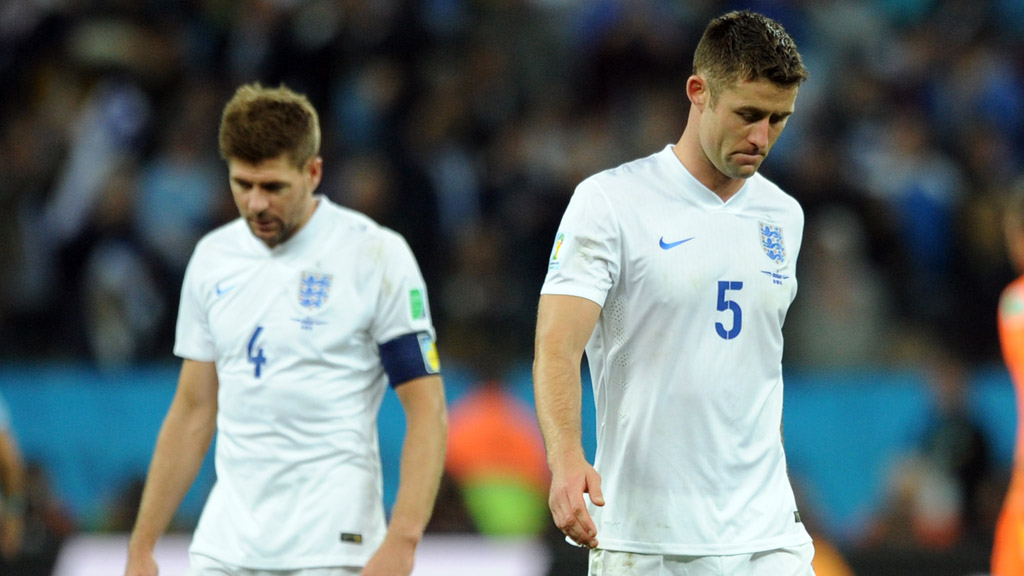
England
Enough said.
You can follow John Anderson on Twitter @GreatFaceRadio
-
Latest news
-
Laughing Boy: New play tells the tragic tale of Connor Sparrowhawk5m

-
Sewage warning system allows some of worst test results to be left off rating system, analysis shows3m

-
Post Office inquiry: Former CEO didn’t like word “bugs” to refer to faulty IT system4m

-
Israeli soldier speaks out on war in Gaza12m

-
PM’s defence spending boost should be ‘celebrated’, says former Armed Forces Minister4m

-




